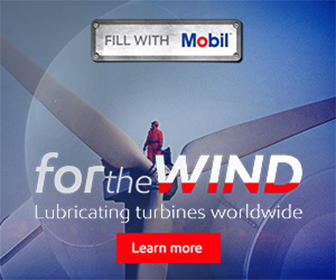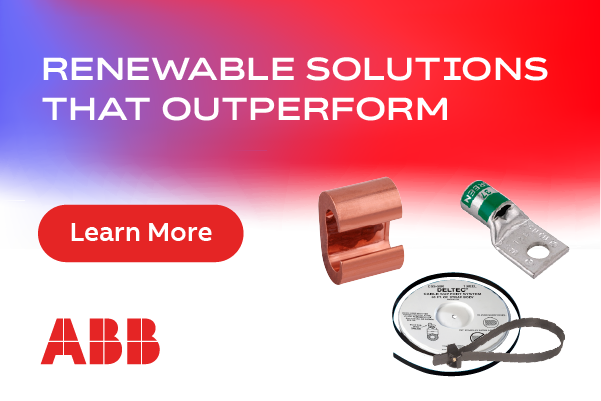Monitoring Wind in Cold Climates
Wind farm operators in Canada and the northern United States are faced with challenges not experienced by their southern neighbors. Ice buildup causes a variety of challenges, and in cold weather climates where icing is a frequent occurrence for 6 months of the year, wind energy projects are often viewed as less feasible or less successful.
Fortunately, a variety of technologies are levelling the playing field between cold and warm weather climate operators.
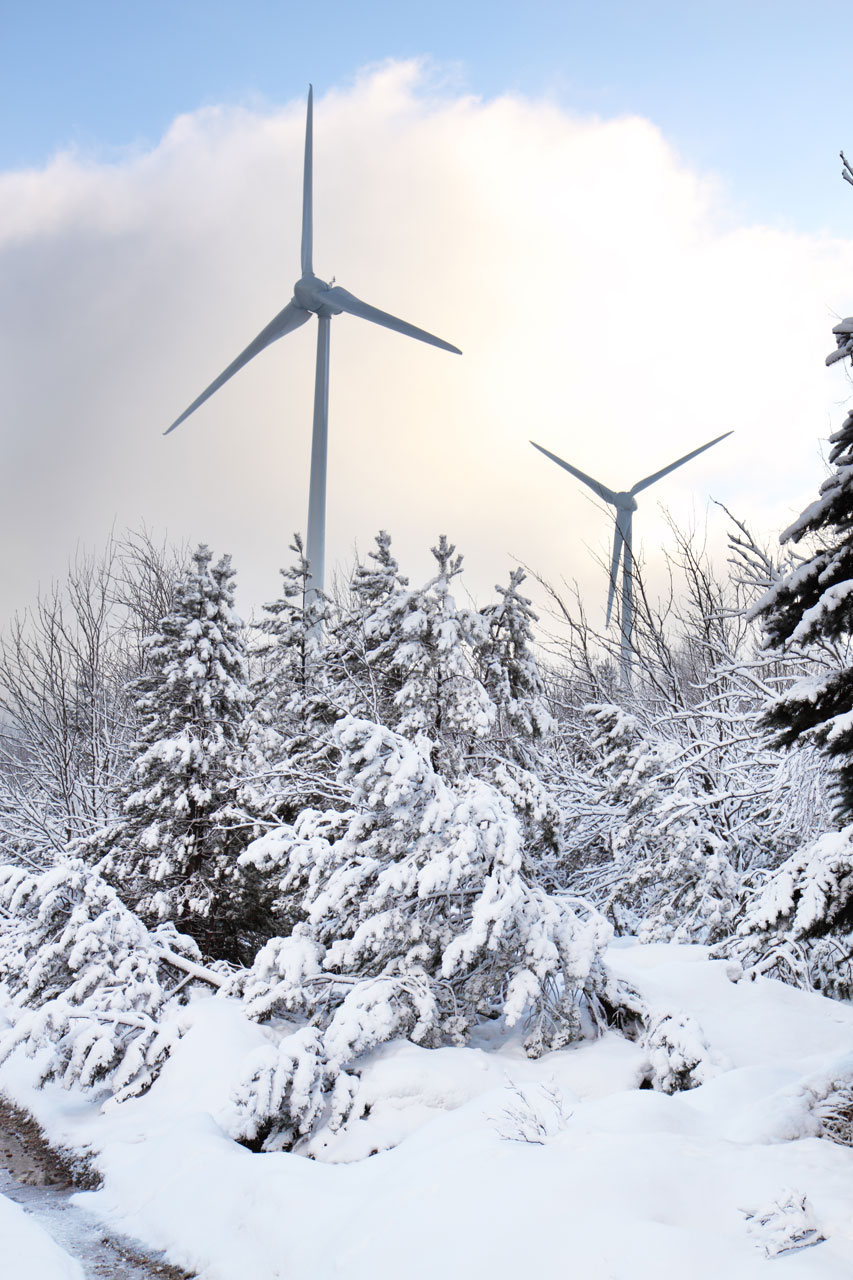 Challenge #1: Reduced Production Power
Challenge #1: Reduced Production Power
At any given time, a change in vibrational and/or torsional force on the turbine blade can result in a loss of production power; in cold weather, where ice build-up is frequent, changes in torsional force are commonplace. Many systems exist to detect such changes, and would traditionally trigger an automated shut down cycle. Such a cycle lasts for a period of time, which lengthens each time the turbine attempts to re-start, detects a continued change in torsional force, and triggers the next shut down cycle.
While this shutdown mechanism is beneficial in reducing unnecessary wear on the equipment, it's hugely detrimental to power production. In cold weather climates, ice buildup can sometimes last for days, during which time the shut down cycle has continued to increase to the point where when the ice finally melts; the turbine may not be triggered to start up again for several hours. This results in significant losses in power production.
According to a six-year CanmetENERGY Ottawa (CEO) study, the average loss factor of wind energy production in cold weather climates is 3.9 percent. This translates to an estimated total loss of 959 GWh per year across Canada, representing $113 million in lost revenues country wide (Natural Resources Canada, 2017).
Mitigating Power Loss
The torque sensor is an indirect measurement of ice. Its mechanism involves sensing the effect ice buildup has on the turbine, and can only perform a measurement during turbine operation. While this is beneficial in some respects, this detection method isn't enough to mitigate production losses.
There are, however, a variety of direct measurement devices designed to detect ice buildup and reduce production downtime.
Blade Heaters
Blade heaters are an option that work to eliminate ice buildup altogether, by forcing hot air directly into the blades. While highly effective in reducing ice formation, they are an expensive option and require a power source to run, which doesn't help to reduced power production.
Icephobic Coatings
Icephobic coatings are another potential solution; a coating or spray is applied directly to the blades, which discourages the accumulation of ice. The lower initial cost of application makes these coatings an effective solution, though ongoing maintenance and continued applications are required.
Ice Detectors
Ice detectors are one of the least expensive, low-maintenance, and long-lasting solutions available today. Once attached to the hub or a nearby meteorological tower, they work to detect ice accumulation via an ultrasonic axially vibrating tube that senses changes in mass as a result of ice accretion. They act as an early detection system, allowing operators to shut down turbines immediately, and then restart them once the ice has melted, significantly reducing operational downtime.
Challenge #2: Reduced Lifespan of Equipment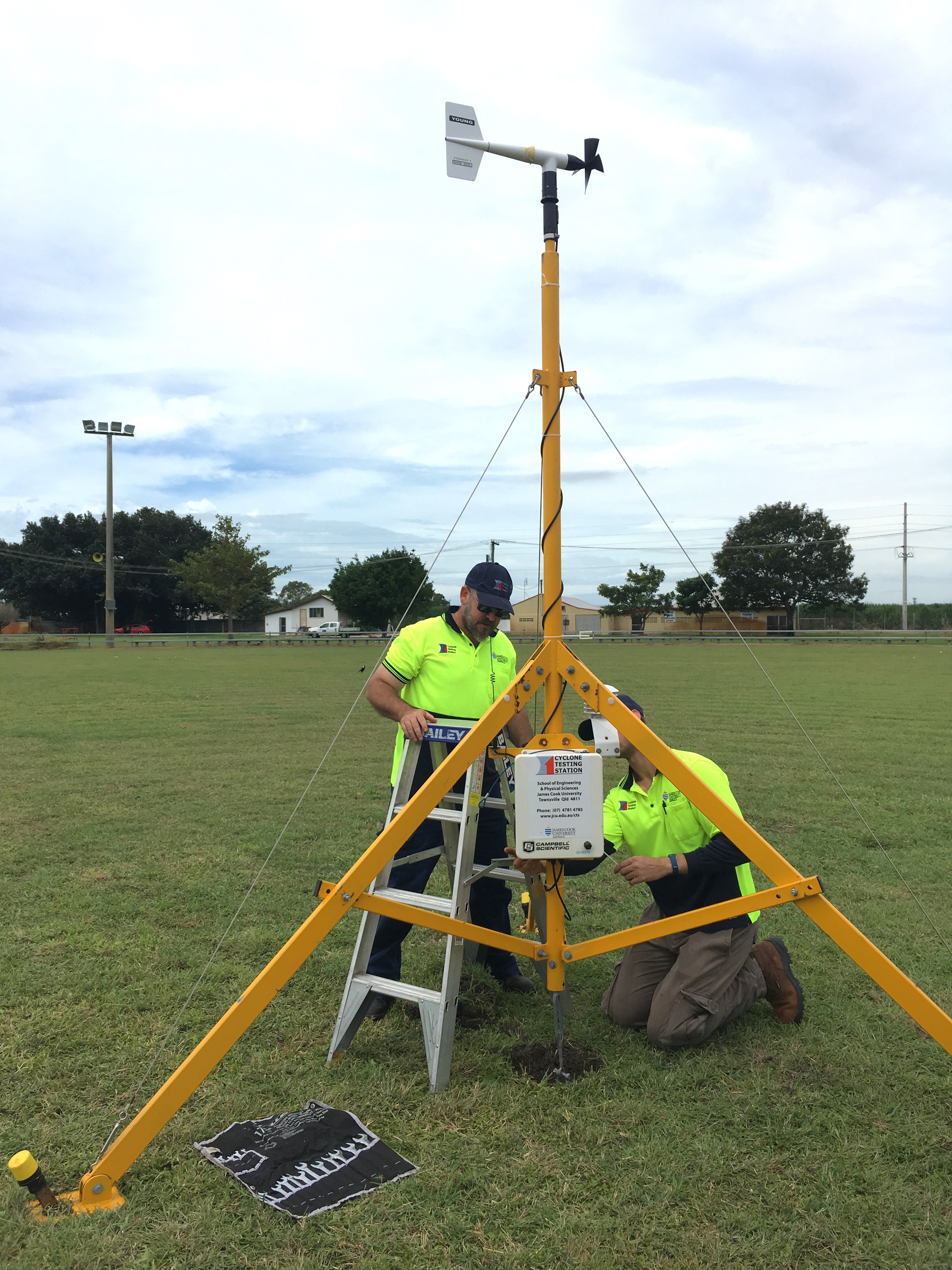
IEA Wind's recent publication, Wind Energy Projects in Cold Climates, affirms the economic risk of, "increased maintenance costs due to low temperatures and the likely higher than average downtime between repairs caused by turbine inaccessibility" (2017).
Ice greatly impacts the longevity of turbine blades, nacelles, and motors. As we know, ice buildup will create an imbalance in the forces acting on the turbine; depending on the blade orientation, if one blade has accumulated ice it can begin pulling outwards, putting additional strain on the gear box. In addition, ice fall has the potential to impact surrounding blades, as well as the roof of the hub, causing significant damage.
Eliminating Unnecessary Wear & Tear on Equipment
Each of the solutions outlined above - blade heaters, icephobic coatings, and ice detectors - can also be utilized as tools to mitigate unnecessary wear and tear on equipment. By either eliminating the instance of ice buildup altogether, or detecting the presence of ice to trigger a shut down and remove the risk of damage, the lifespan of the wind turbine will be extended.
Challenge #3: Safety Concerns
Ice throw from turbine blades is a significant concern for public safety. A turbine with an 80m blade diameter and 70m hub height has the potential to throw a piece of ice a distance of 225 meters. And as the number and height of installed turbines increases in and around urban areas, public safety becomes increasingly important. In well-established markets like Germany, where the density of wind turbines is much higher than that of North America, it has been mandated that ice detectors be present on all turbines. As the North American market densifies, it may be subject to similar mandates in the future.
Operator safety is another serious concern. Ice throw and ice shedding (where fragments of ice and snow fall from the blade) are a risk for anyone working in close proximity to turbines.
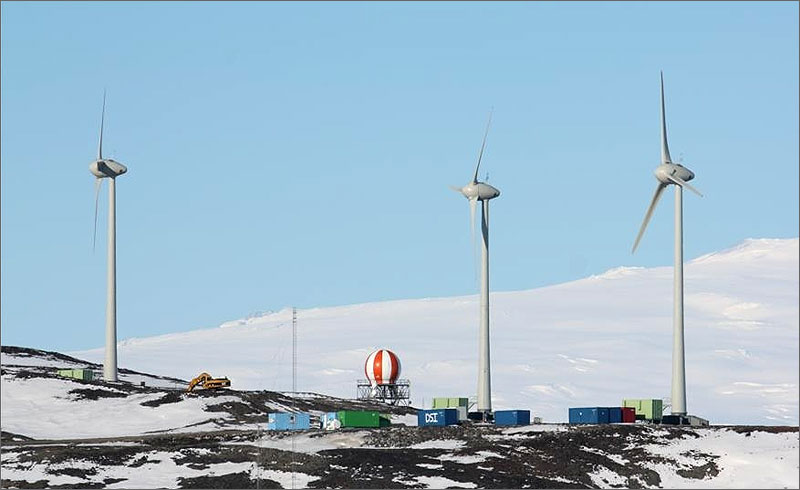 Tools for Improved Safety
Tools for Improved Safety
In addition to all of the aforementioned tools for either eliminating the formation of ice or early detection of ice buildup, cameras are effective in improving safety around wind farms. Outdoor cameras built to withstand harsh climates are installed on the hub of the turbine, where they provide visual confirmation that corroborates data from other prevention methods.
Our climate presents many challenges to North American wind farm operators. Continued collaboration between manufacturers and energy producers will promote new and innovative solutions; these will work to shape the wind energy landscape, increase the viability of North American cold climate wind energy markets, and create opportunities for our operators to become leaders in renewable energy.
Michael Clarke is a Technical Sales Consultant and subject matter expert on renewable energy at Campbell Scientific Canada (CSC). CSC is an innovator and systems integrator focusing on smart systems for wind and solar energy operations.
Campbell Scientific Canada | www.campbellsci.ca
Volume: 2018 January/February








